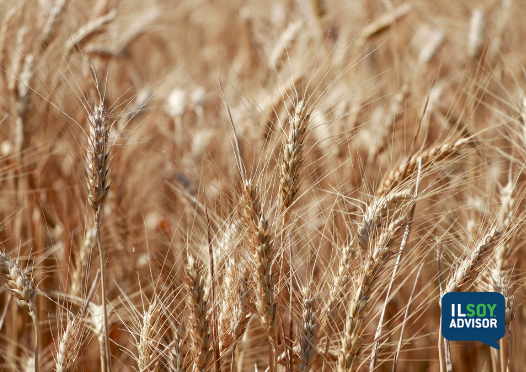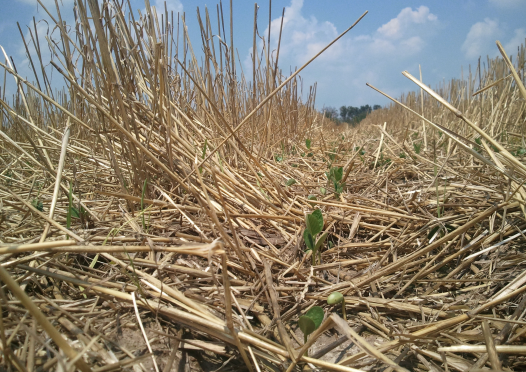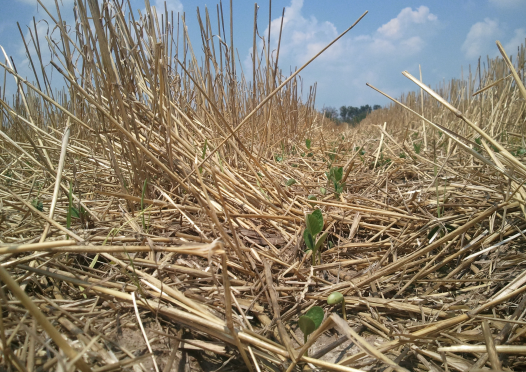ILSOYADVISOR POST
Successful Double Crop Soybean Programs Start With Selecting the Right Genetics
Successful double crop soybean programs start with selecting the right wheat genetics.
Double cropping soybeans after wheat is a common rotation in Southern Illinois. Growers have the opportunity to maximize yield on both crops by paying attention to variety characteristics, planting date and endeavoring to plant both crops earlier.
Maturity matters: The ideal double crop wheat / soybean rotation starts with a high yielding, early maturing wheat variety. This allows double crop soybeans to hit the sweet spot planting period for increased soybean yield potential. Both Limagrain Cereal Seeds (LCS) and other wheat seed companies have breeding programs developing Early and Ultra Early wheat varieties that mature quicker, delivering high yields in a maturity class that allows for harvest 5 to 7 days earlier.
Plant early: Another suggestion is to plant wheat 1 to 2 weeks earlier in the fall, but after the Hessian-Free fly date. This is more important as farmers expand double crop opportunities further north. Insecticide and fungicide seed treatments provide protection against insect damage, which allows for earlier planting dates than traditionally recommended. This will allow growers to harvest their wheat crop several days earlier next year.
Beware of the freeze: LCS research has shown that some wheat varieties will vernalize later into the spring, waiting for the correct day length before breaking dormancy. This important characteristic provides protection from early spring freeze damage.

A variety that is stimulated to start growing by heat units can start growing too soon in the northern wheat double crop zone, exposing the plants to freeze damage in the spring. Freeze damage can result in the death of the center growing point of the plant, causing it to rely on tillers coming out later to compensate, which can result in a field of mixed head maturities. Freeze damage isn’t always immediately apparent; it may present later in the growing season by elbow stems lodging — the stem cell walls were frozen enough to decrease their ability to support the weight of the grain head.
Choose high yielding varieties that are day length sensitive so your early growth will be timed to the natural length of the day and not to air temperatures. For example, in our program we have soft red winter wheat varieties LCS 0121 and LCS 1171 that that mature quickly for early harvest and are tied to the day length.
About the author
Ken McClintock is the Midwest Regional Sales Manager for Limagrain Cereal Seeds, a cereal breeding operation dedicated to developing new wheat and barley varieties bred expressly for farmers’ climates, soils and growing conditions. Prior to joining the LCS team, Ken’s dedication to the seed business involved production, marketing and genetic research in all major grains. Contact Ken at ken.mcclintock@limagrain.com





Comments
Add new comment